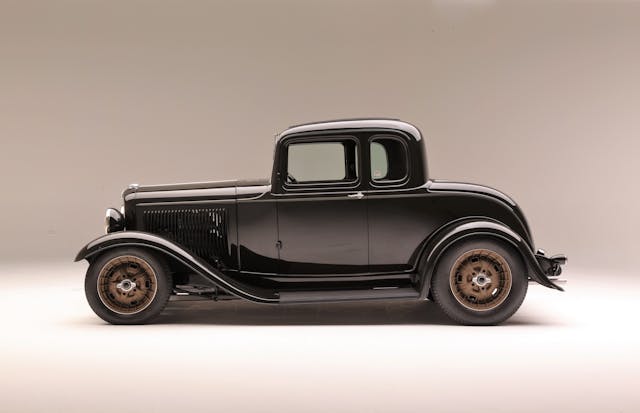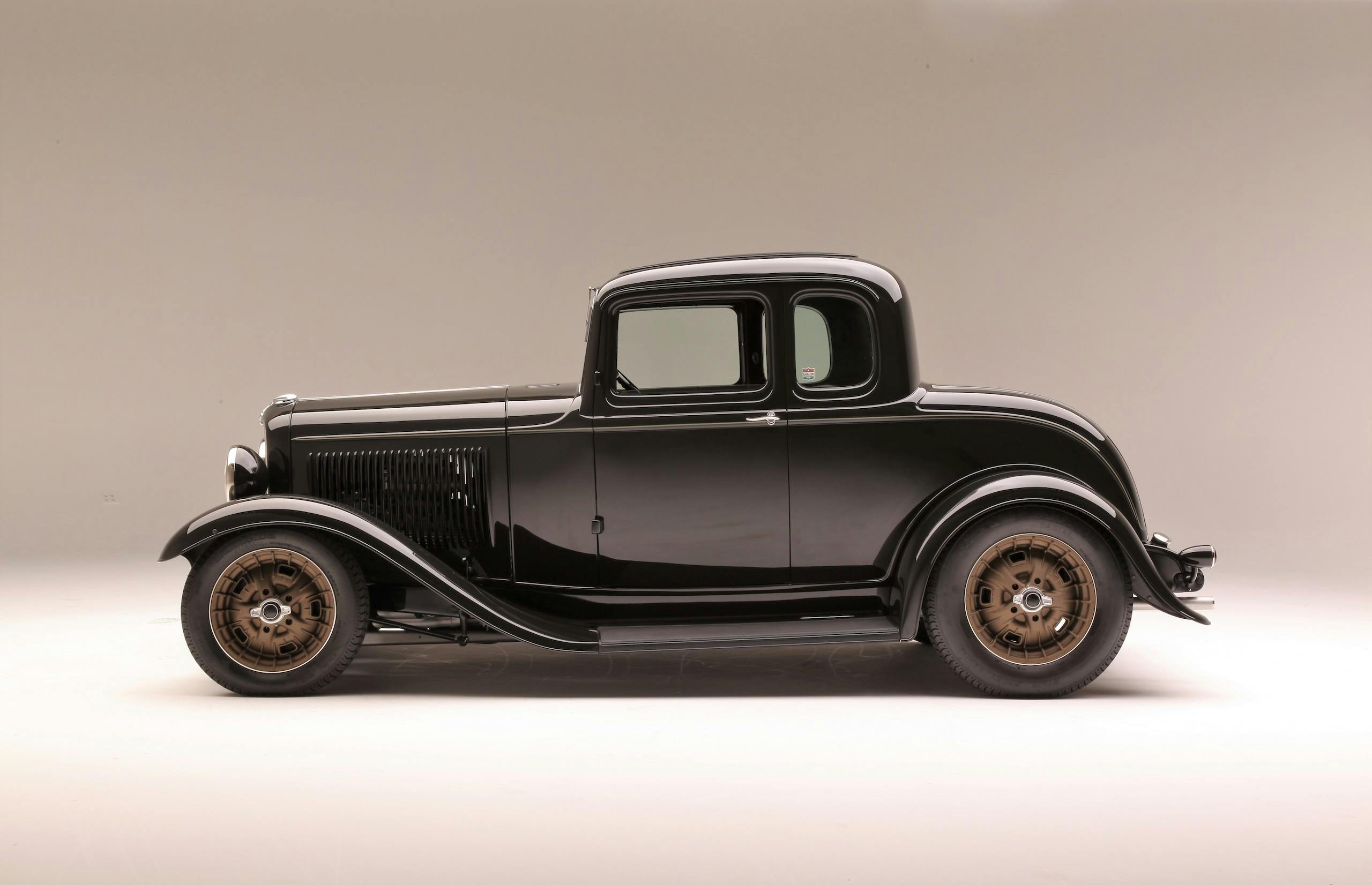Media | Articles
10 reasons why the 1932 Ford is a hot-rod icon
The 1932 Ford looks as if it were born to be a hot rod. But ask any knuckle dragger why, and they might fumble for a good answer, other than that the car is beautiful as conceived and only gets better-looking under the torch. In fact, there are definitive reasons why we lust after “the Deuce,” some based on its form, some on its function. Even if you can’t explain exactly why the ’32 is the pinnacle of hot-rodding, we know someone who can. A four-time Ridler Award winner, Chip Foose is a master at turning cars into art. We sat down with him and a couple of photos of his 5-window ’32 Ford and took notes.
1. The 1932 Ford is the intersection of quality design and mechanical performance. In industrial design, we call this “form following function.” There are no superfluous elements found on the ’32 Ford, regardless of body style. Everything from the body shape to the placement of the front axle is just right.

2. The ’32 Ford’s grille shell has become collectible in its own right. Compared to the laid-back spade on the front of a 1933 Ford, the Deuce’s grille styling is subtle. It sits nearly upright and tapers slightly, with a round peak on top and long, flat bars running vertically.

3. This was Ford’s first vehicle to integrate the frame rails into the car’s overall design. A subtle crease runs midway through the rails’ outward-facing surface, ending in a graceful arc that leads up to the rear fender. The Deuce still looked great when young rodders pulled the fenders off to drag-race back in the day.
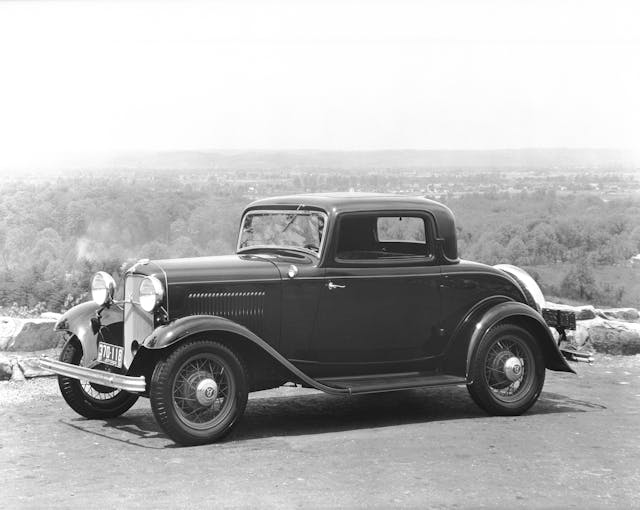
4. In 1932, Ford moved the front axle farther back, just behind the radiator shell. This gave the entire car better visual balance.
Marketplace
Buy and sell classics with confidence
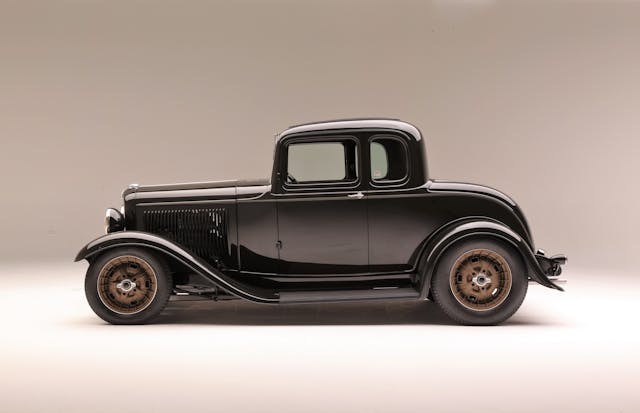
5. With 14 different body styles employing varying lines, arcs, and lengths, the model opened up the playbook for hot-rodders. The door on a 5-window coupe, for example, is longer than a roadster’s door, but it’s shorter than the door on the 3-window. Many builders use 5-window coupe doors on roadsters.

6. All 1932 Fords sold on the West Coast were assembled with 25 vertical louvers stamped into the side of the hood, for proper venting, while East Coast Deuces donned hoods with only 20 vertical louvers, to keep heat in. The discrepancy allows rodders to further personalize their ’32.
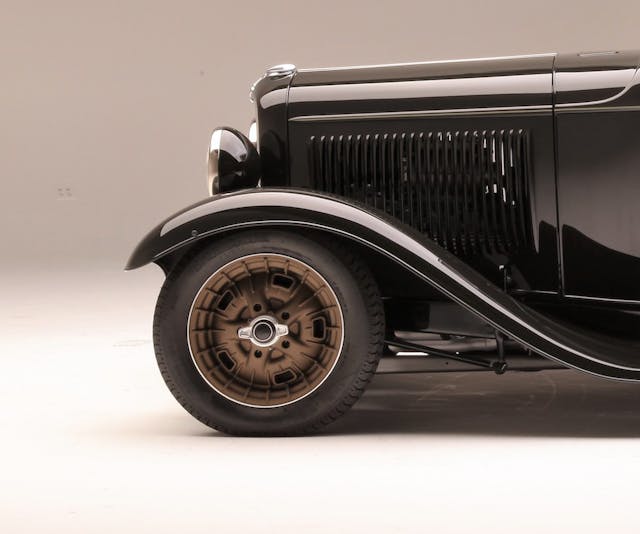
7. No wood is good. This was the first year for Ford’s all-steel-reinforced body. Thus, the car was much lighter.
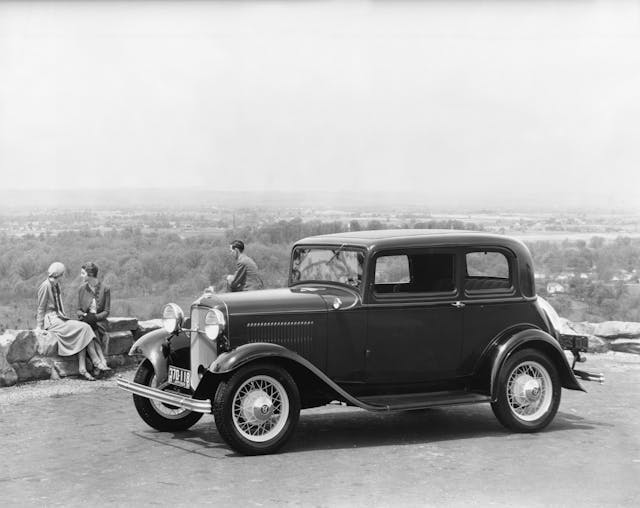
8. The Ford flathead debuted in 1932. The 221-cubic-inch, 65-hp V-8 was a must-have for any budget racer or hot-rodder, and it came standard in the 1932 Model 18.
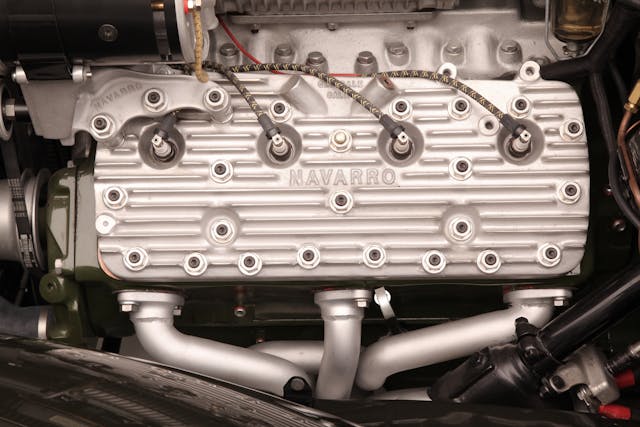
9. As with the doors, the body lines on the rear fender were specific to each ’32 body style.
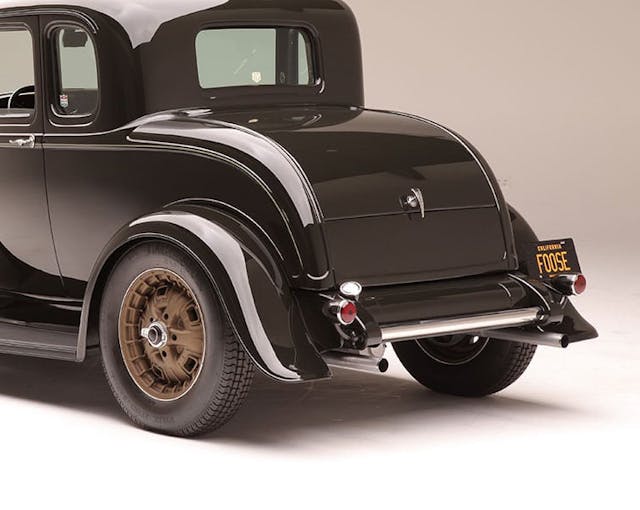
10. Rodders have been working on ’32 Fords for more than 80 years, and they’re still coming up with new ways to customize the car. It can be restored, chopped, channeled, sectioned, lengthened, or shortened—the possibilities are endless. Long live the Deuce.
